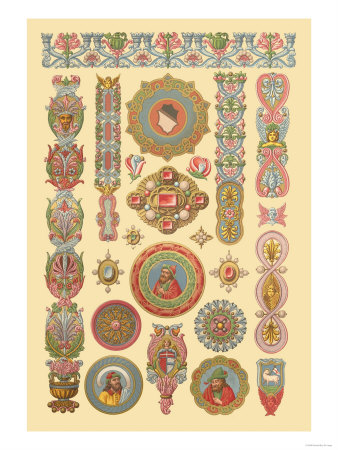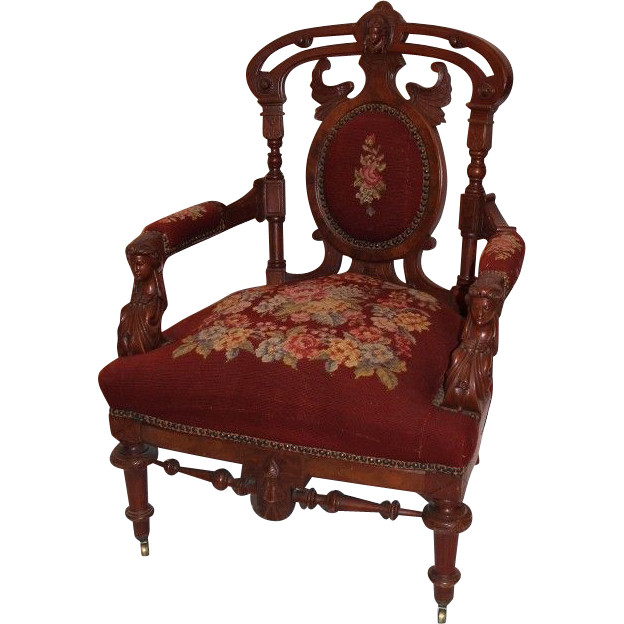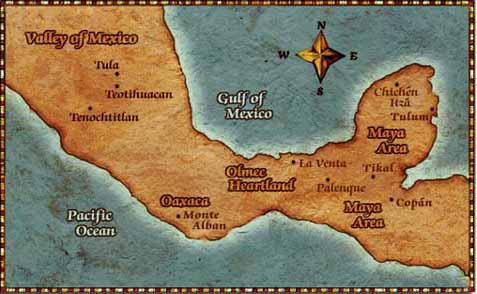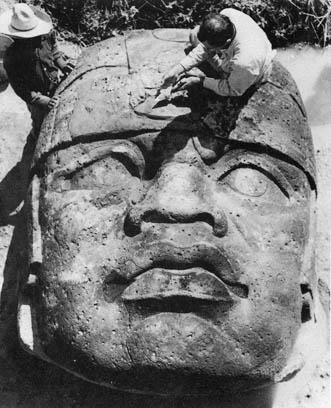
The Period:
As we had learned in class, the Renaissance is a time of "revival", new ideas and points of view were being spread across Europe. Most relate-able to our discipline however, was the new focus towards design; focusing less on the construction of grand churches, and more of a focus on residential dwellings.
Starting in Florence and Italy, the Renaissance began to really flourish with the help of some brilliant minds.
 |
| Martin Luther |
Humanism, or a "focus on critical thinking" began to really take prevalence.
Earth changing inventions such as the Printing Press were being created, starting a booming spread of knowledge among people of the time.
 |
| Johannes Gutenberg, Inventor of the Printing Press |

Thinkers, such as Brunelleschi and Da Vinci played a vital role in the study and practice of architecture and design.
Brunelleschi, the discoverer of perspective drawing and brilliant architect.

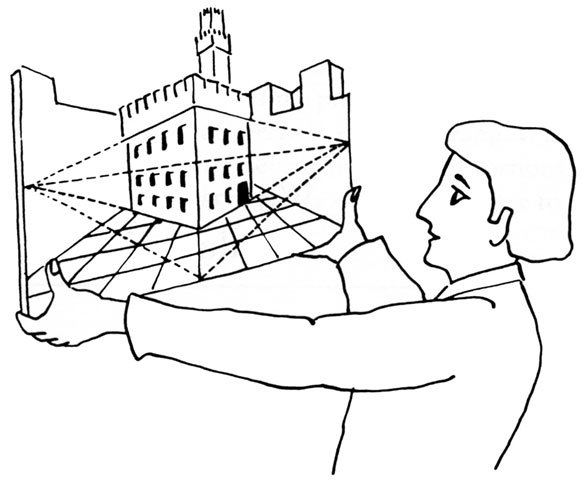
Da Vinci, Known for beign somewhat a mast in many trades, "The Renaissance Man".
Known for his skilled work as a painter, sculptor, architect, musician, mathmetician, engineer, inventor, anatomist, geologist, cartographer, botanist, and writer.
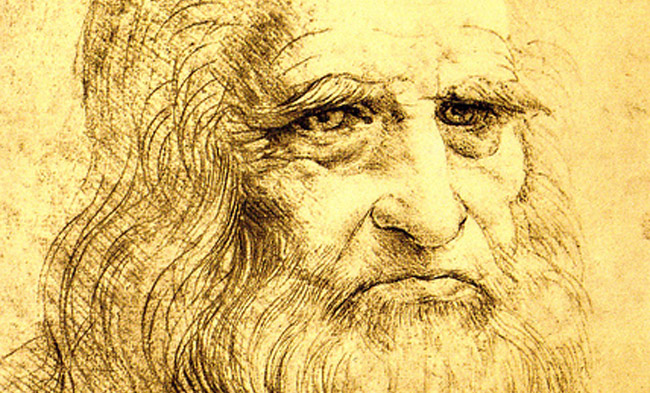


The Now


